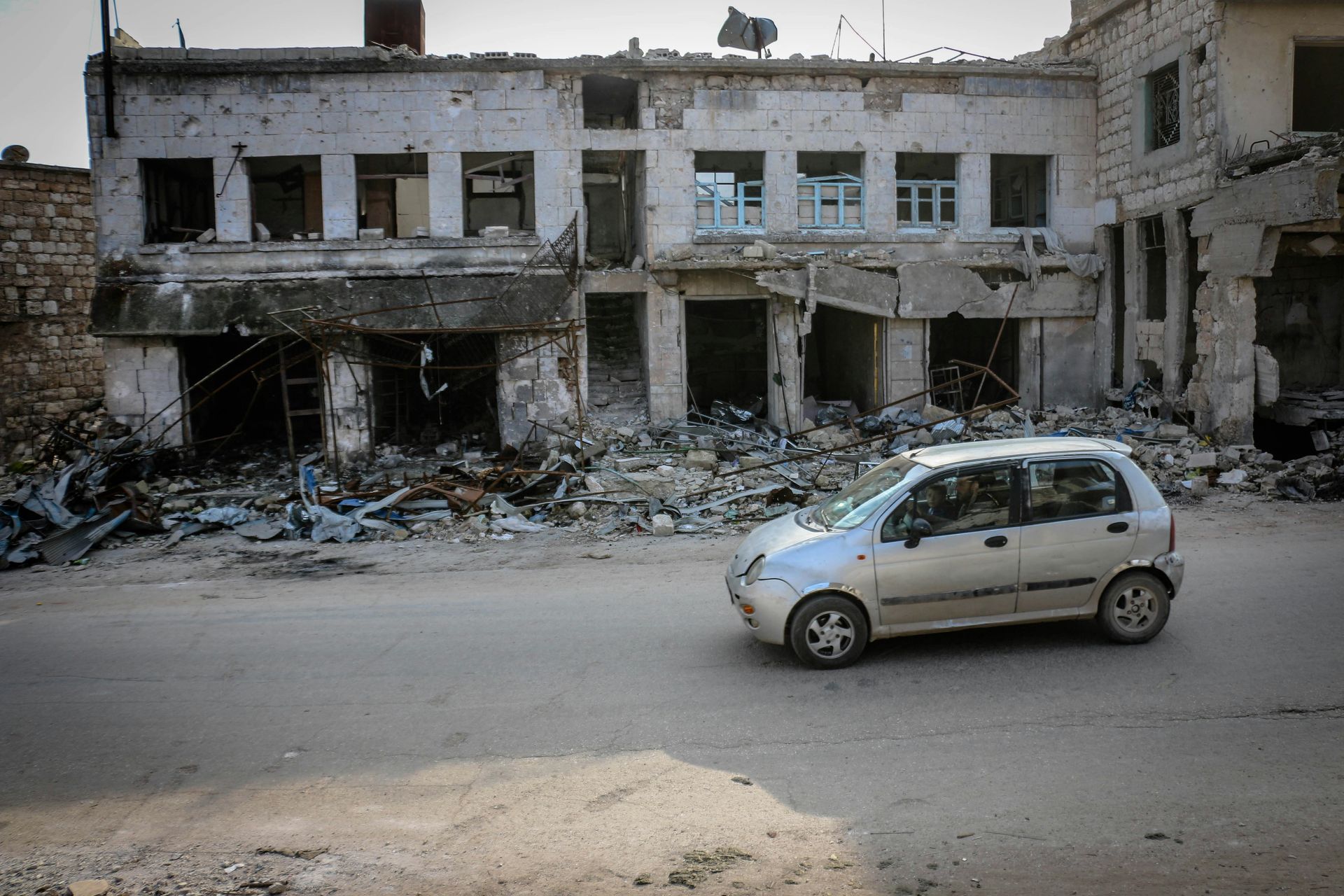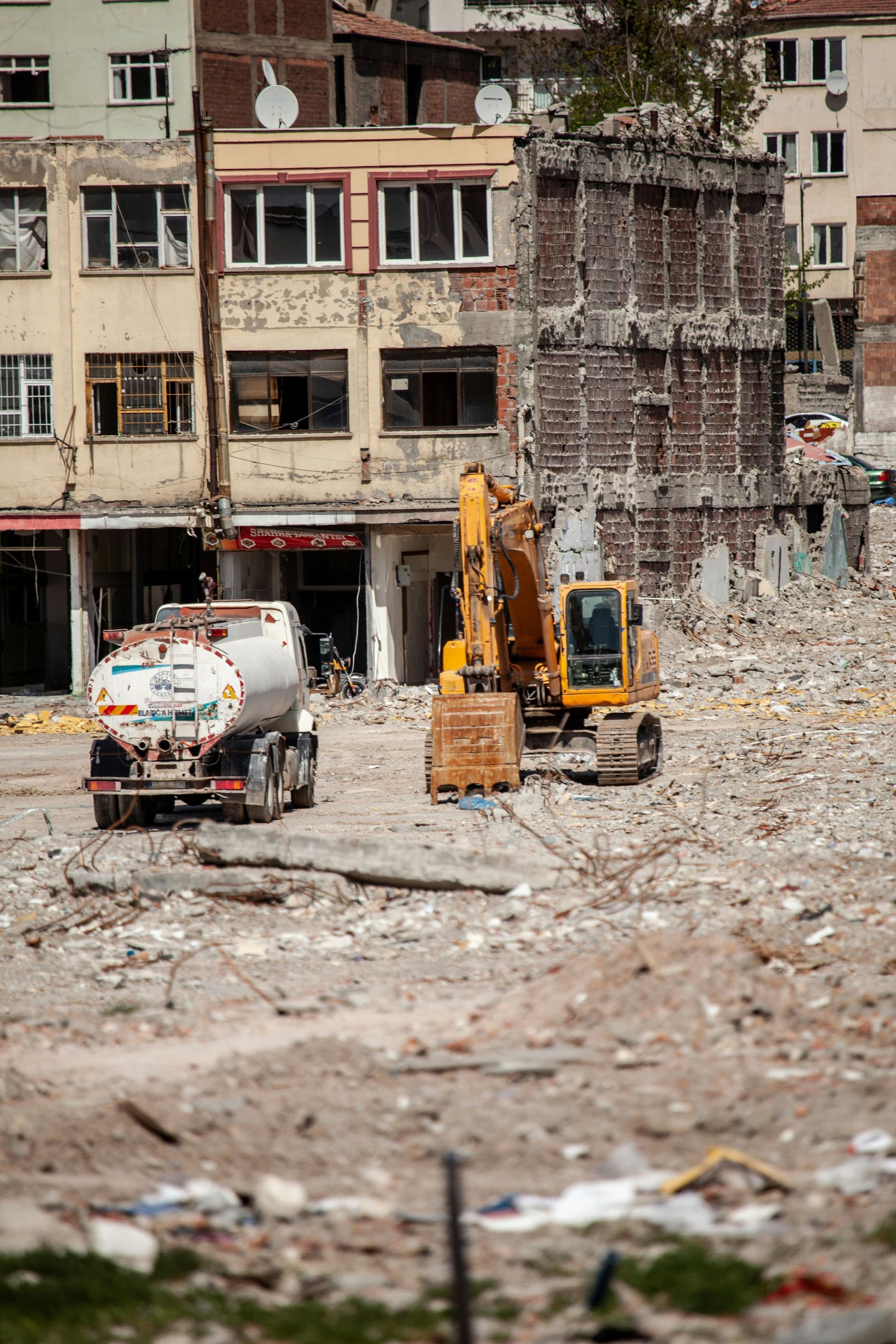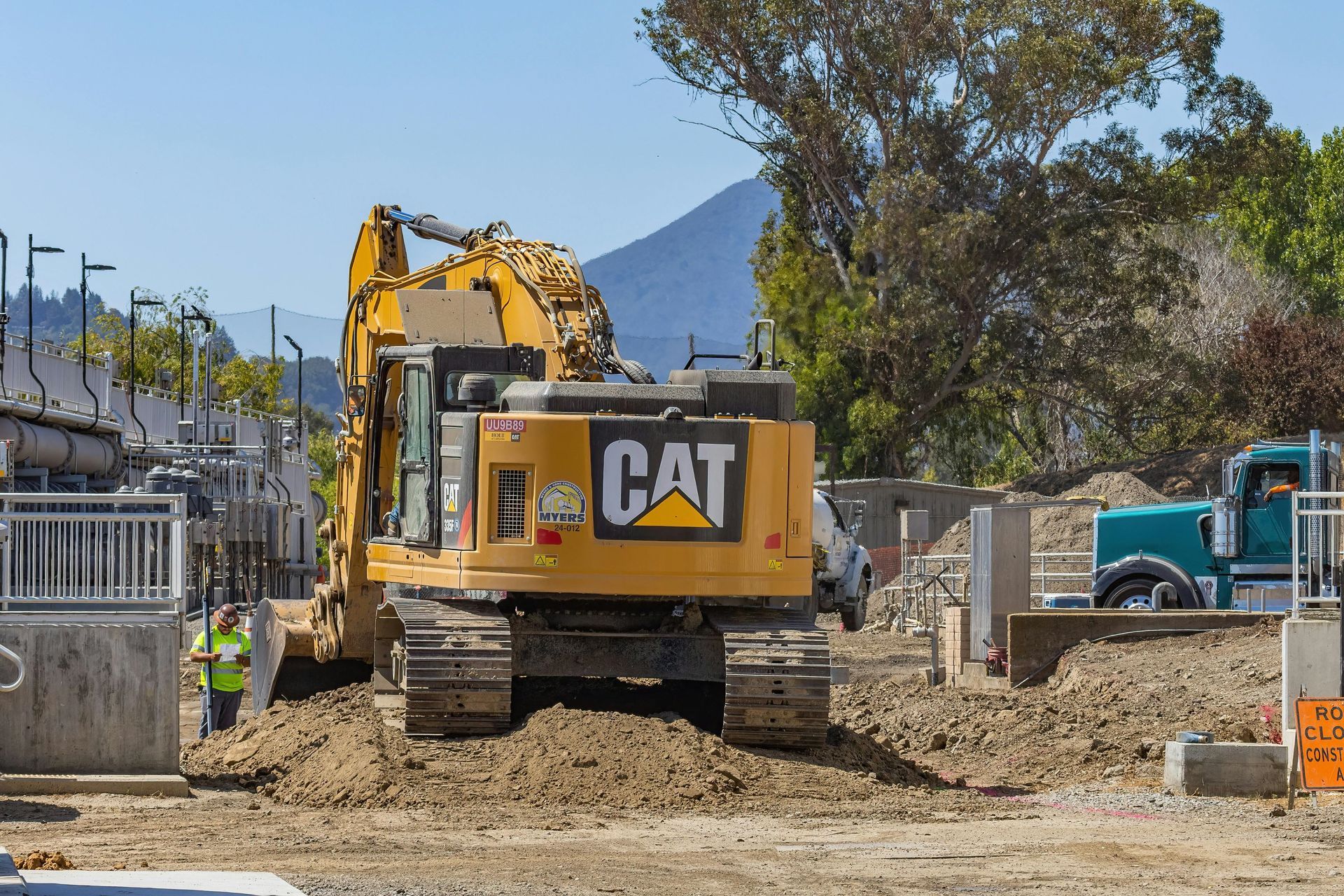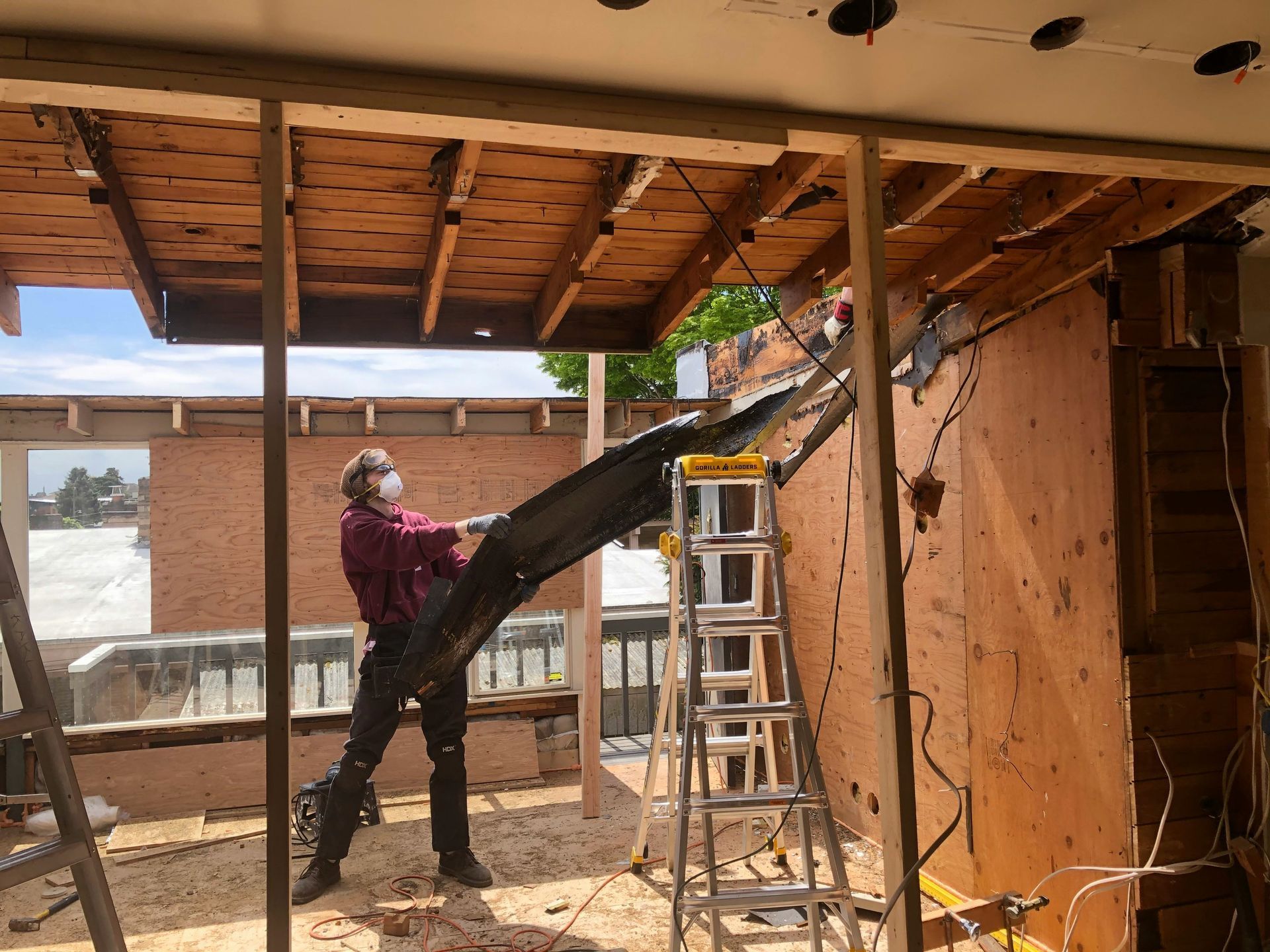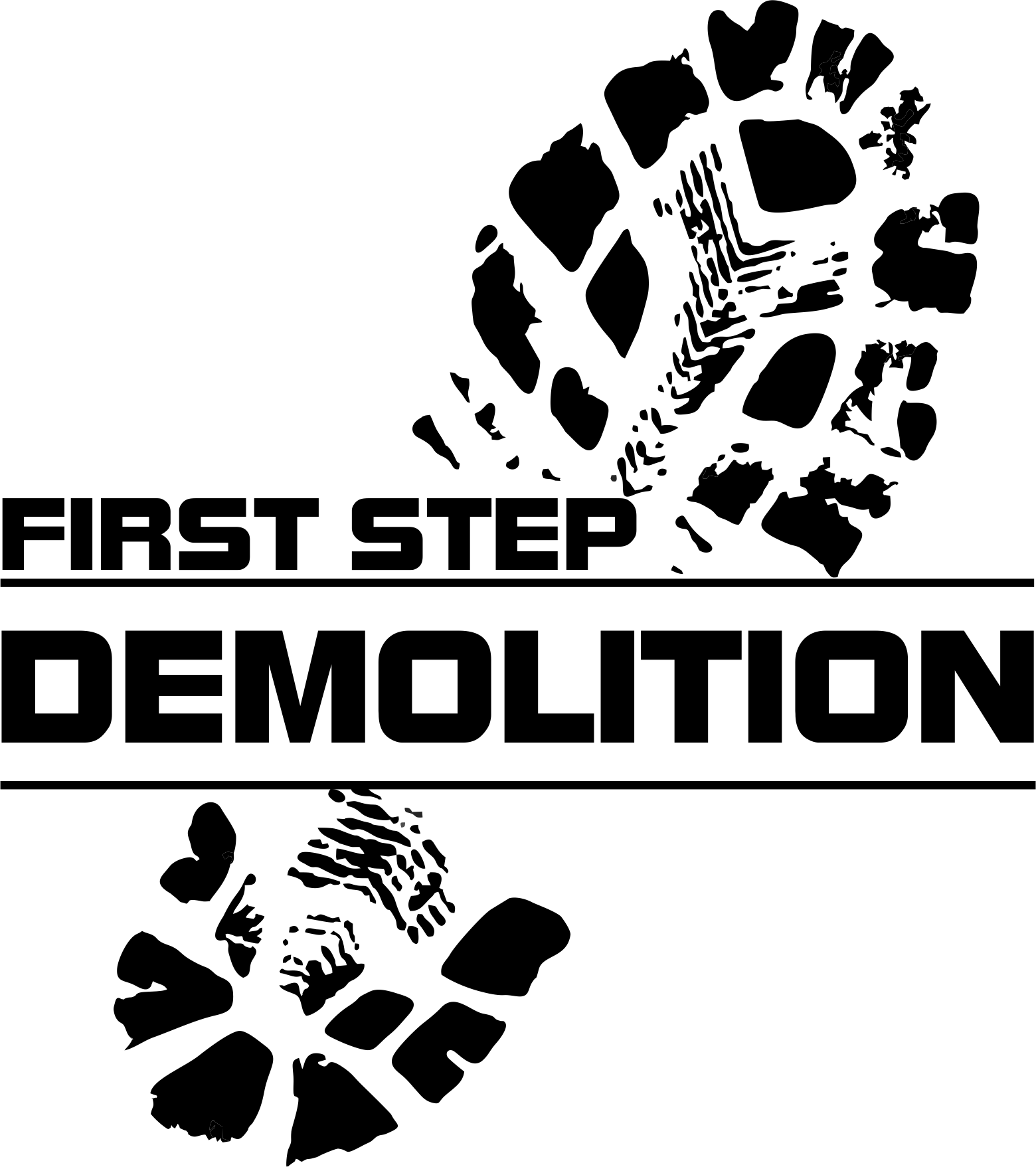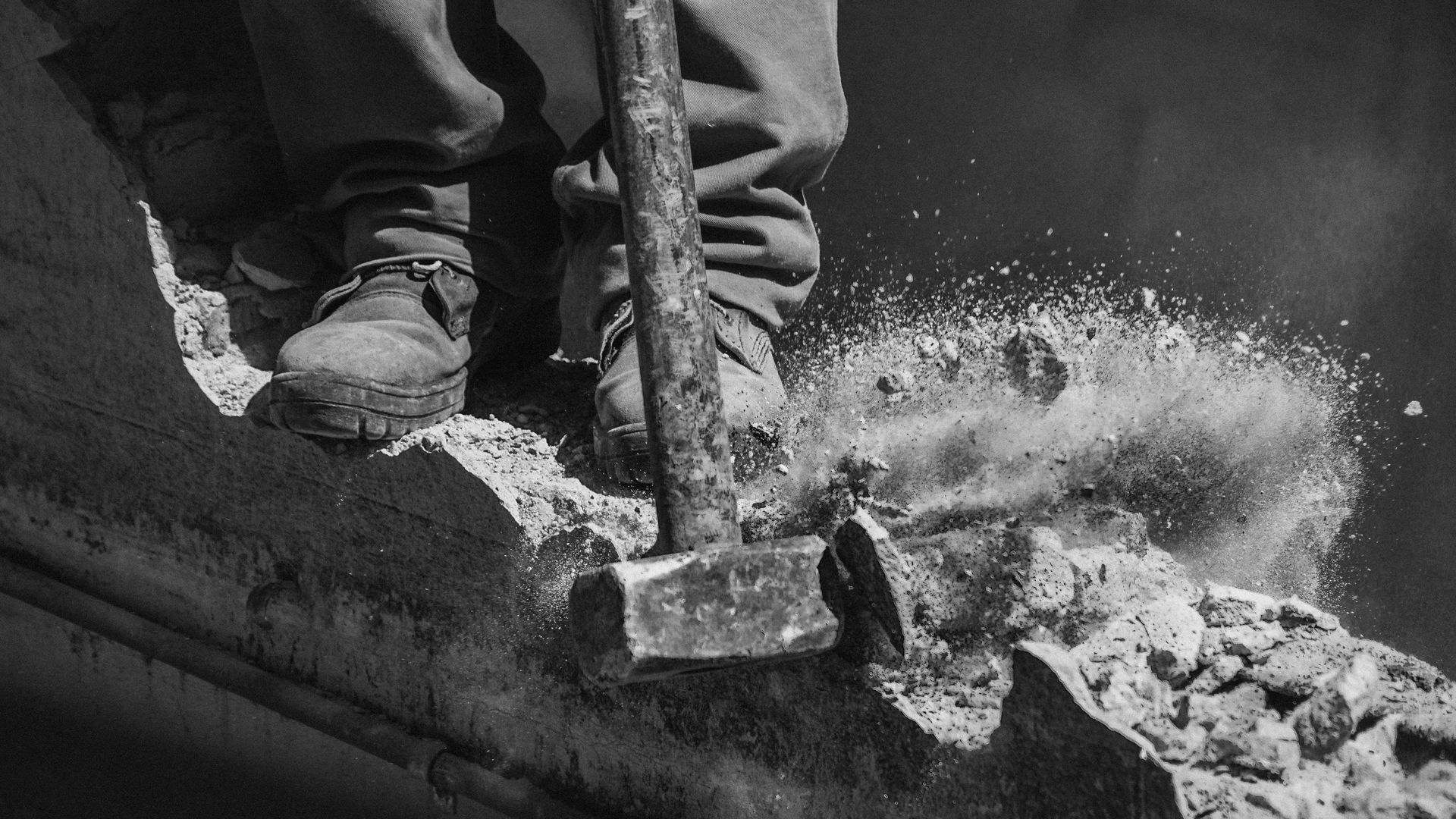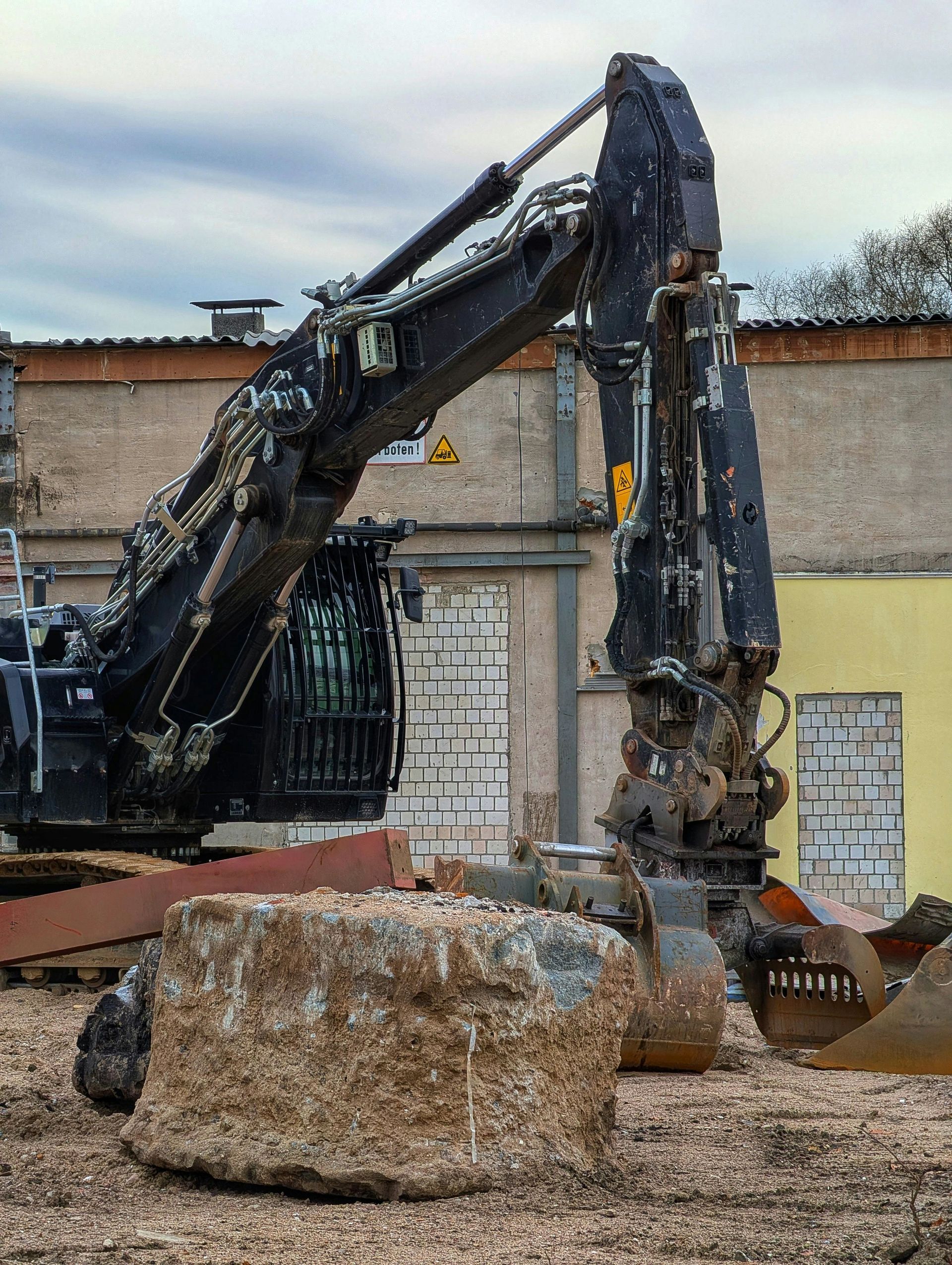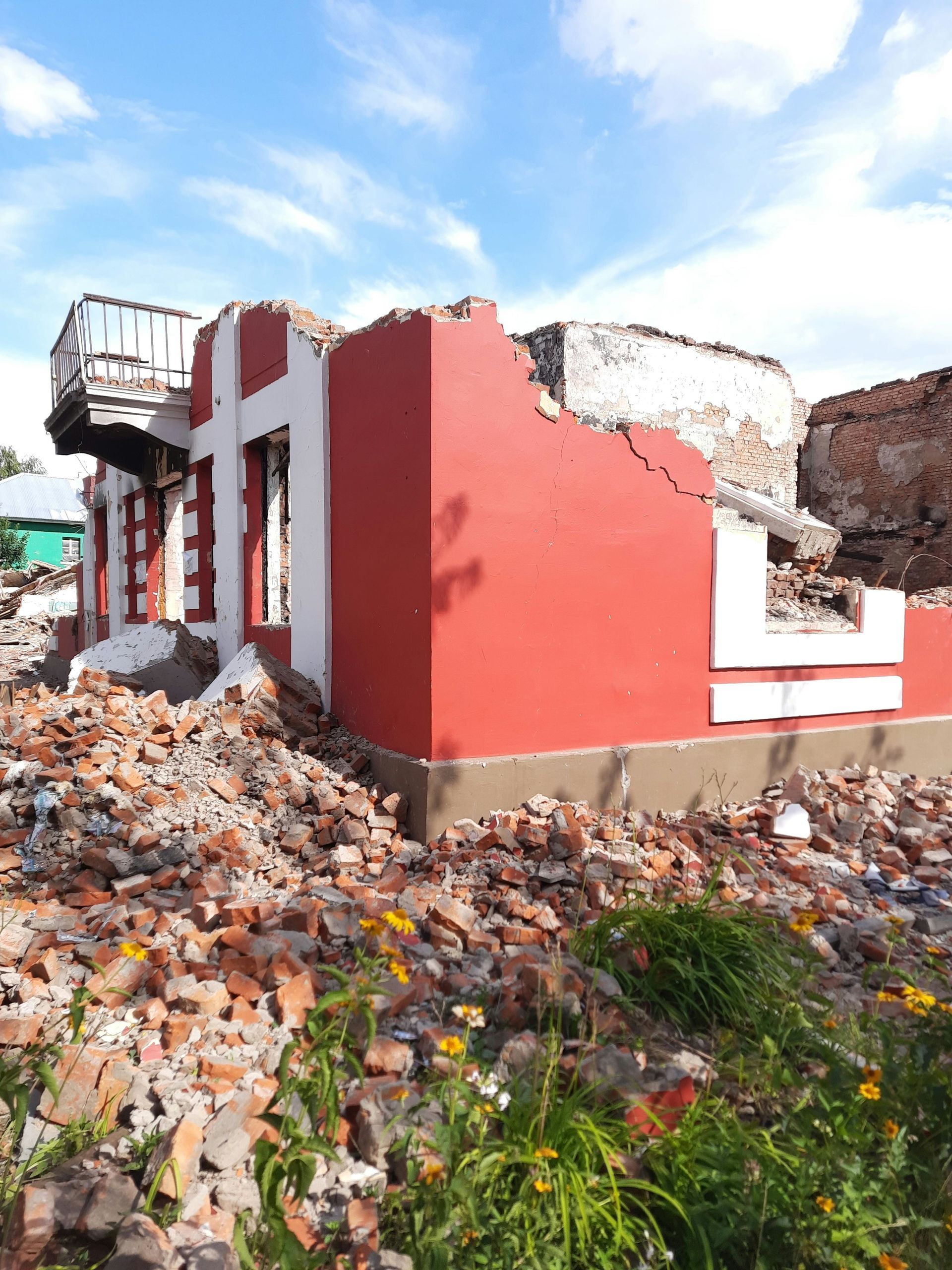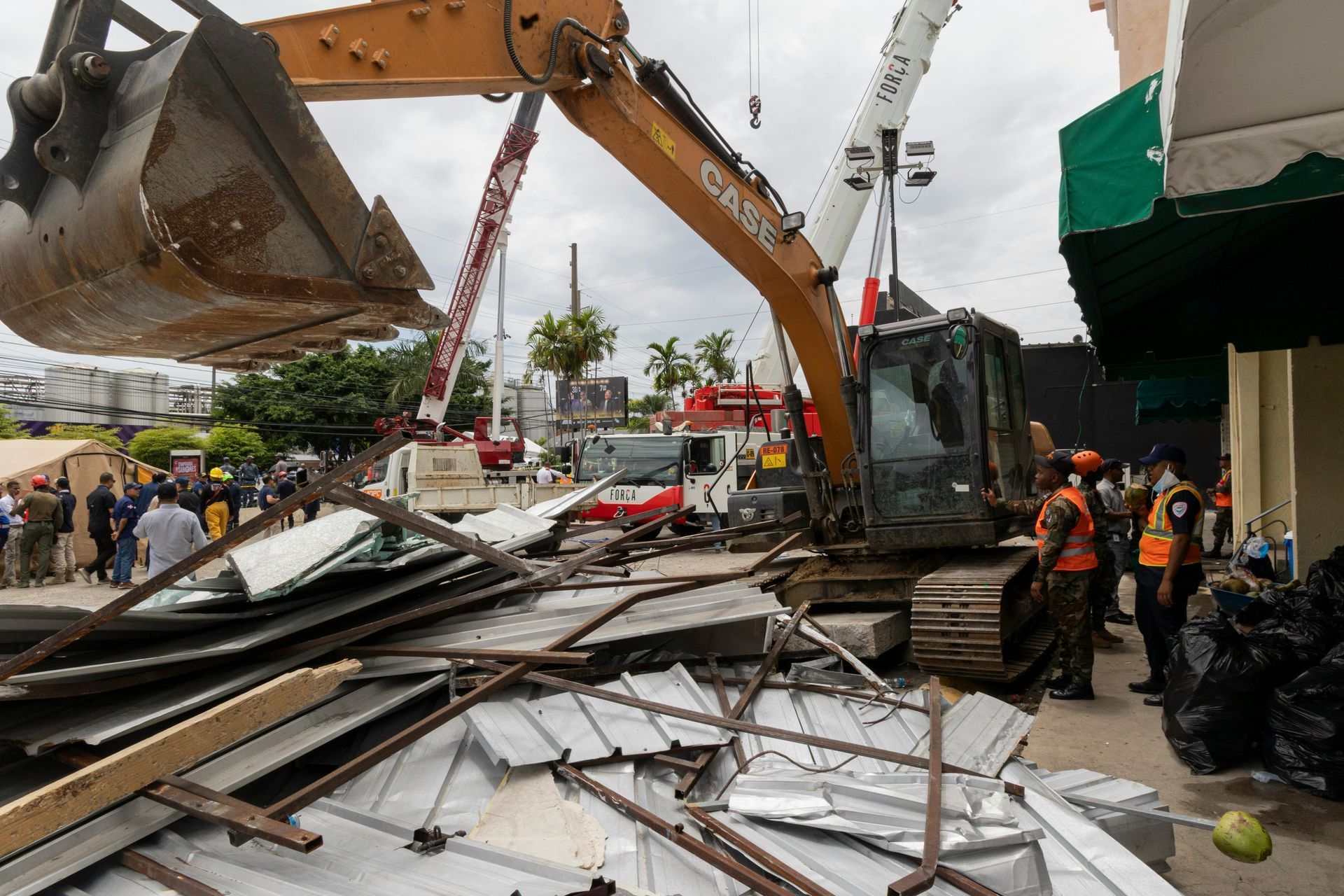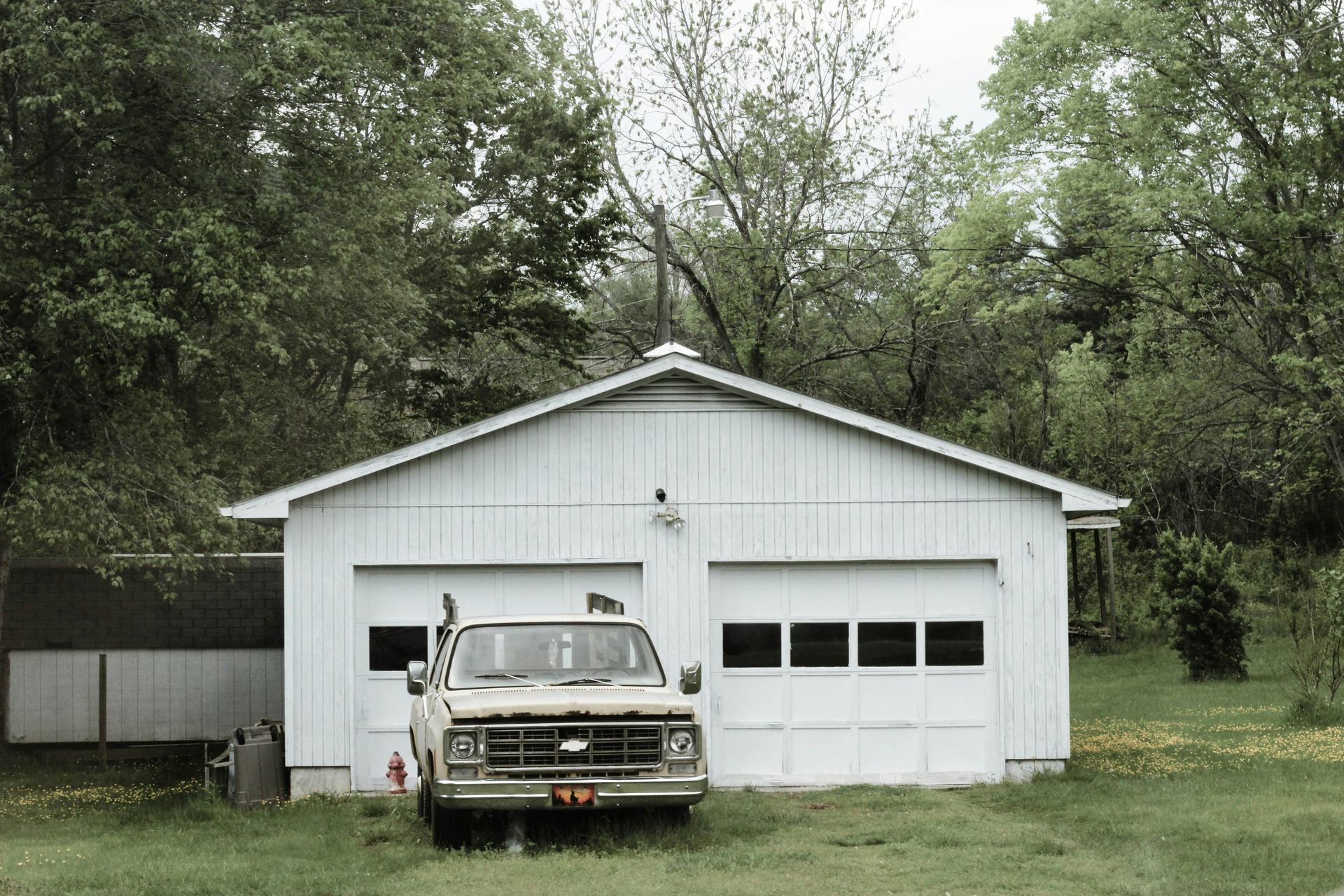The Different Types of Concrete Cracks and Their Significance
We may think that concrete is a sturdy and versatile building material, but it doesn’t mean that it’s impenetrable to cracking. Just like any other building material it can be destroyed by any natural disasters or by human recklessness. Understanding the different types of concrete cracks and their meanings is crucial for homeowners, builders, and engineers alike. This knowledge can help in assessing the severity of cracks and deciding the appropriate action to take. That is why for this blog post, we will discuss the different types of concrete cracks and what they tell you about your home or office.
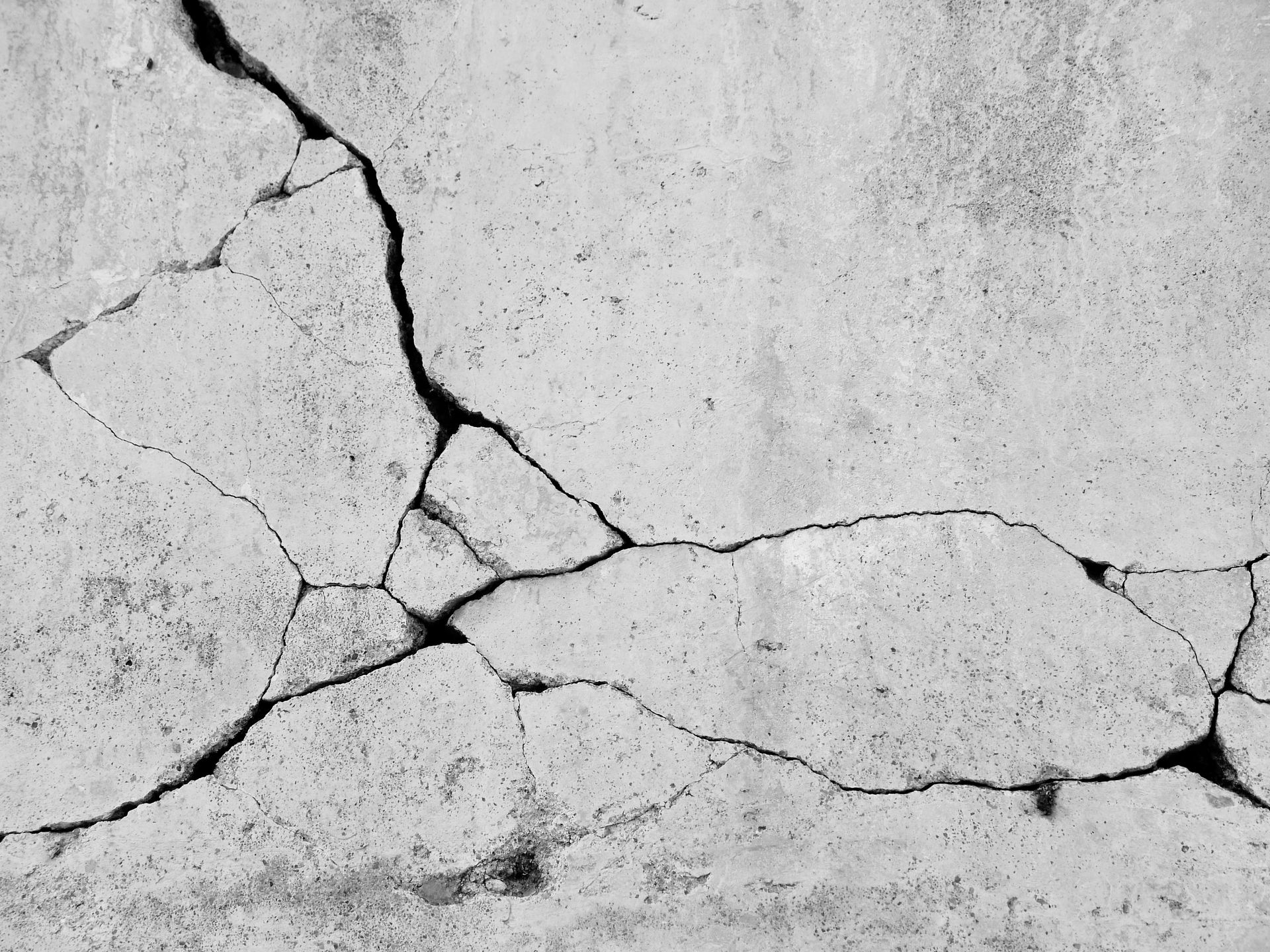
Understanding The Types of Concrete Cracks and What They Mean
Sometimes we tend to overlook any kind of crack at home or in our office. We sometimes think it’s not that big of a deal, right? But what if I tell you the smallest crack can tell you your home or office’s overall status. Below are the six types of concrete cracks and their meanings.
6 Types of Concrete Cracks and Their Meanings
Hairline Cracks
Description: The most common crack you can find in any concrete work. These are fine, superficial cracks that may not even be noticeable unless closely inspected. They are usually less than 0.3 mm in width.
Causes: This type of crack is often caused by the natural settling of the structure or minor shrinkage during the curing process.
Significance:
Generally, hairline cracks are not a sign of structural issues and are more of an aesthetic concern.
Plastic Shrinkage Cracks
Description: These cracks appear in the surface of fresh concrete soon after it is poured and before it has set. Usually, these cracks are superficial and may appear as a network of fine cracks on the surface of the concrete.
Causes: Rapid drying of the concrete surface due to wind, high temperatures, or low humidity. There are different factors that contribute to this rapid drying. That includes high temperatures, low humidity, strong winds, and direct sunlight.
Significance: They typically do not affect the structural integrity but can lead to water seepage problems if left unattended.
Settlement Cracks
Description:
Settlement cracks occur when the ground underneath the concrete moves or settles. This type of crack is more concerning than the other types because it could mean that there is something going on with the soil underneath it.
Causes:
This type of cracks are primarily caused by the movement or shifting of the soil underneath the concrete slab or structure. This movement can be due to various reasons like soil erosion, soil compaction issues, changes in moisture content in the soil, or the decomposition of organic materials in the soil.
Significance:
These cracks can be serious if the settlement is significant and ongoing, potentially undermining the foundation's integrity. They may suggest that the foundation of a structure is unstable, which can lead to more serious issues like tilting or collapse if not addressed.
Heaving Cracks
Description:
These cracks form when the ground beneath the concrete expands, causing the surface to lift and crack.
Causes:
The primary cause of heaving cracks is the expansion of the soil underneath the concrete. This expansion can be due to several factors, with the most common being the freeze-thaw cycle in colder climates. When water in the soil freezes, it expands, lifting the concrete above it. Other causes can include swelling of expansive clays when they absorb water, or the growth of tree roots underneath the concrete.
Significance: Like settlement cracks, heaving cracks can be a sign of significant structural problems, especially if the movement is extensive. If left unaddressed, these cracks can lead to more severe structural damage, including uneven floors, misaligned doors and windows, and even wall or foundation failure.
Structural Cracks
Description:
These are larger cracks that indicate a problem with the concrete's strength or integrity. Structural cracks are typically identified by their size, pattern, and location. They are usually wider than 0.3 mm and may extend deep into the concrete, affecting both its surface and structural components. Common patterns include vertical, horizontal, and diagonal cracks. These cracks can be straight or jagged and often appear in critical structural elements such as foundations, beams, columns, and load-bearing walls.
Causes:
The causes of structural cracks can vary widely. They often result from foundation settlement or shifting, excessive load or stress on the structure, design or construction flaws, poor quality of materials, or environmental factors such as earthquakes, extreme weather, or changes in moisture levels.
Significance:
These cracks are a major concern and usually require professional assessment and repair. Structural cracks are of particular concern because they can compromise the safety and stability of a building. They may lead to further deterioration, reduced load-bearing capacity, or in extreme cases, collapse.
Crazing
Description:
A network of fine surface cracks, resembling spider webs. Crazing cracks are fine, shallow cracks that appear on the surface of concrete. They form a pattern often compared to a spider web or cracked glass. These cracks are very fine and typically do not penetrate deep into the concrete surface, making them more of an aesthetic issue than a structural one.
Causes:
Crazing is caused by rapid drying of the concrete surface or improper curing methods. Inadequate or uneven curing of the concrete can also lead to crazing. When the top layer of concrete dries faster than the bottom layer, it can shrink at a different rate, leading to surface tension that causes these fine cracks.
Significance: Crazing is more of an aesthetic issue and does not typically indicate structural weakness. While crazing does not compromise the strength of a concrete structure, it can be considered a defect in terms of appearance, especially in decorative concrete work.
Conclusion
Concrete cracks, while common, can tell us a lot about the health and stability of a structure. Regular monitoring and understanding the type of cracks that appear are key to maintaining the longevity and safety of concrete structures. When in doubt, it's always wise to consult with a structural engineer or a concrete specialist to assess the situation.
First Step Demolition
Are you noticing cracks in your concrete structures and are considering a
concrete demolition? Whether it is in your home or in your office, First Step Demolition is always ready to assess it. Don't wait until small issues become major problems. At First Step Demolition, we're experts in assessing and if necessary, safely demolishing structures with compromised concrete. Doing so will assure your home or your office’s overall structural integrity.
Don’t ignore the signs. Concrete cracks can be early warnings of bigger issues. Trust First Step Demolition to provide the expertise and solutions you need.
Contact us today, and take the first step towards securing your property!
